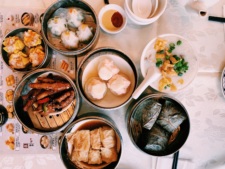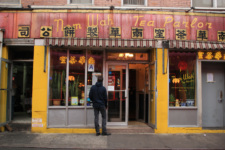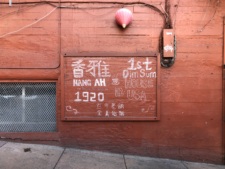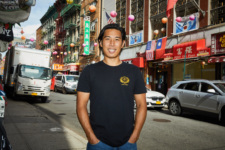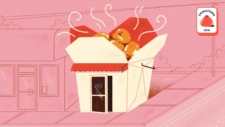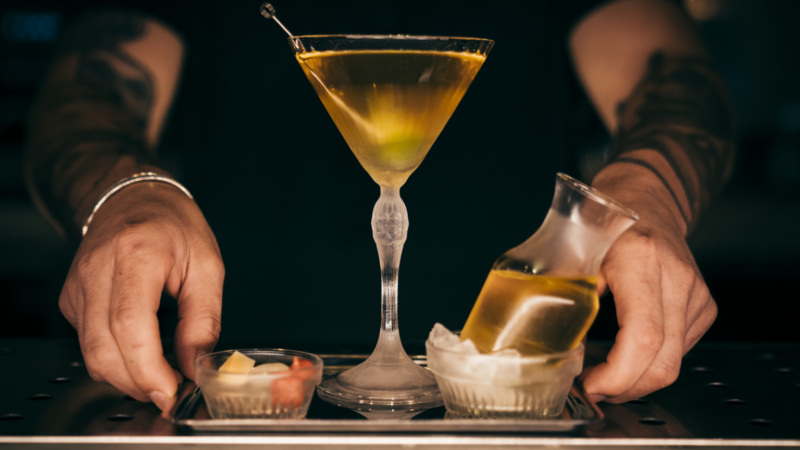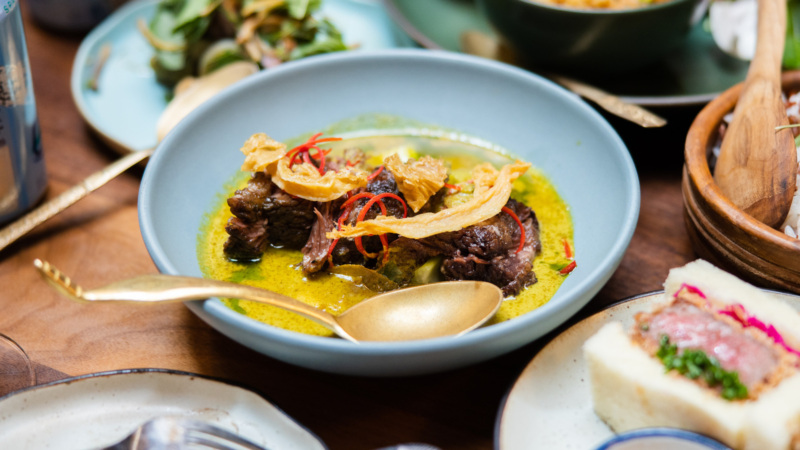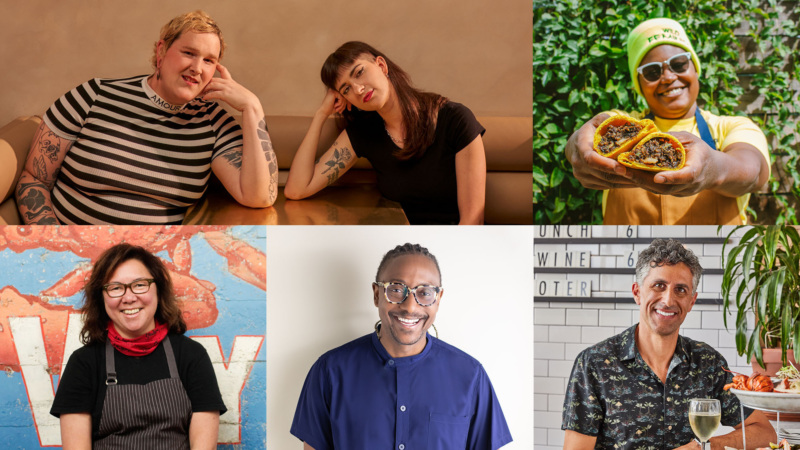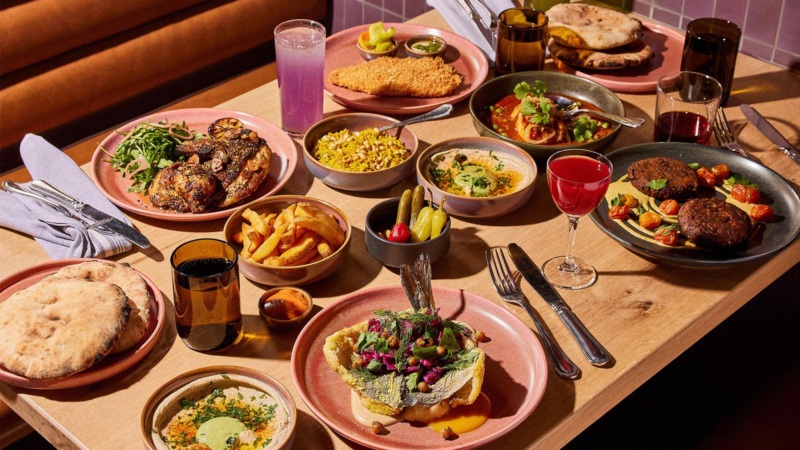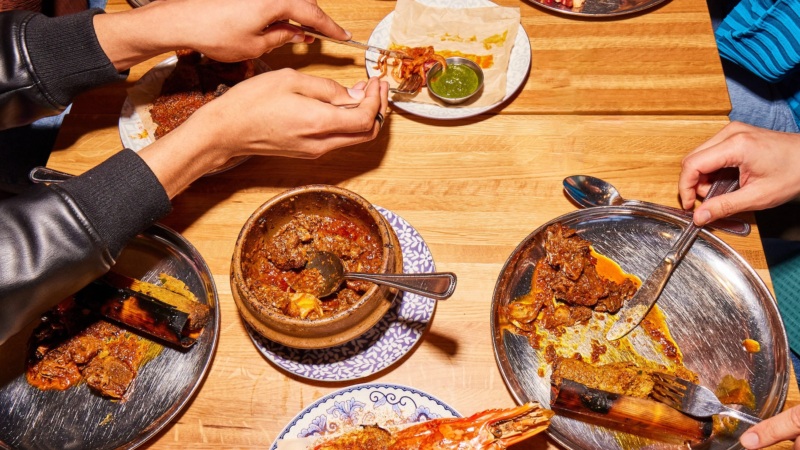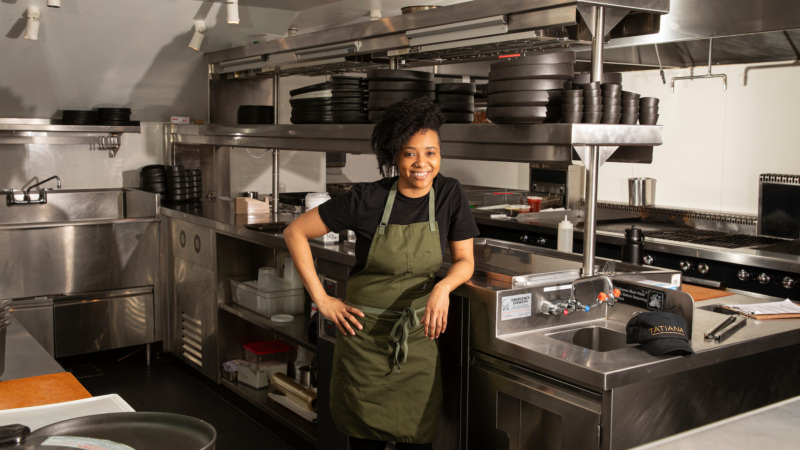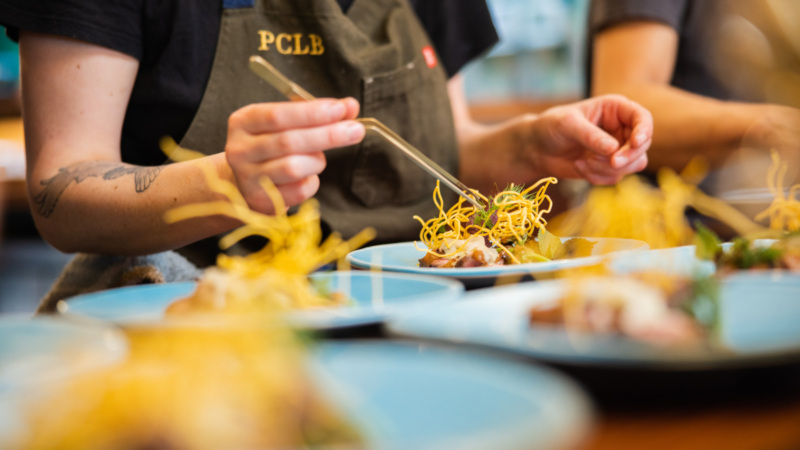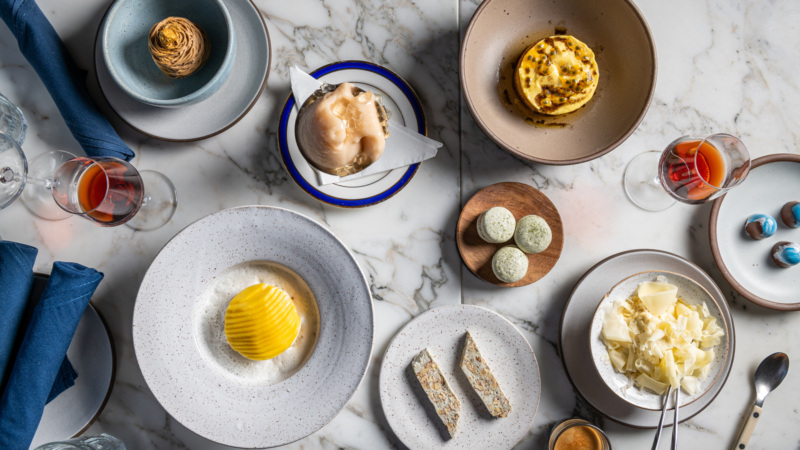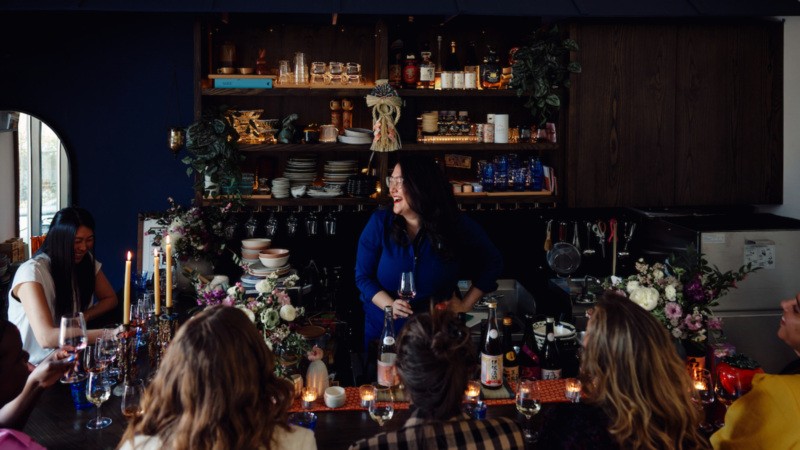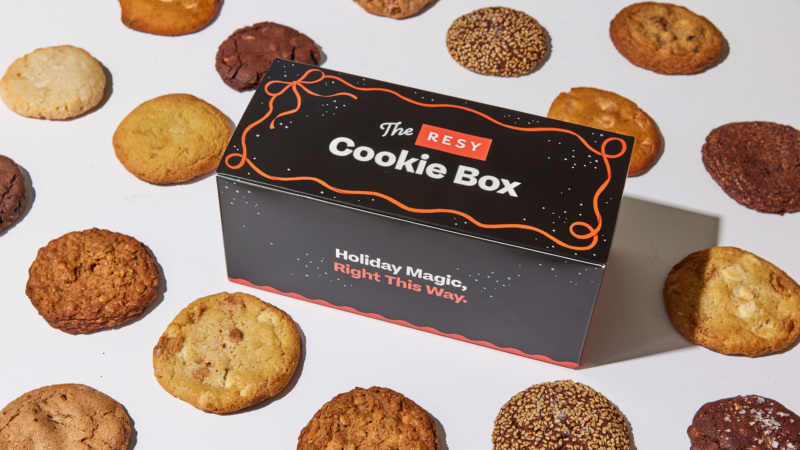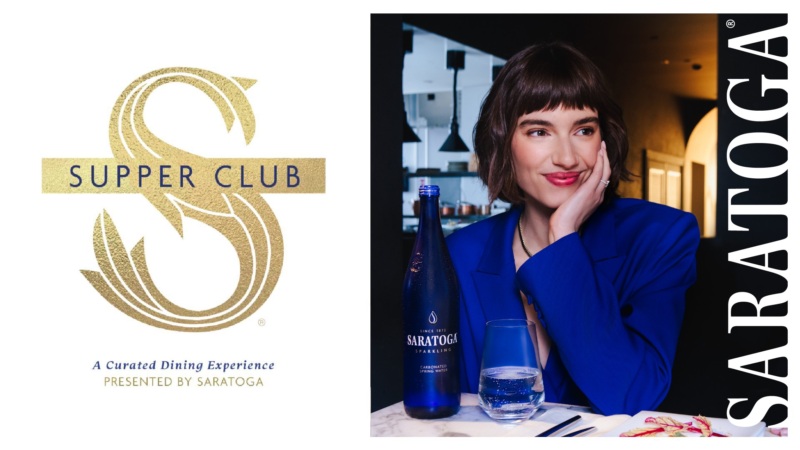
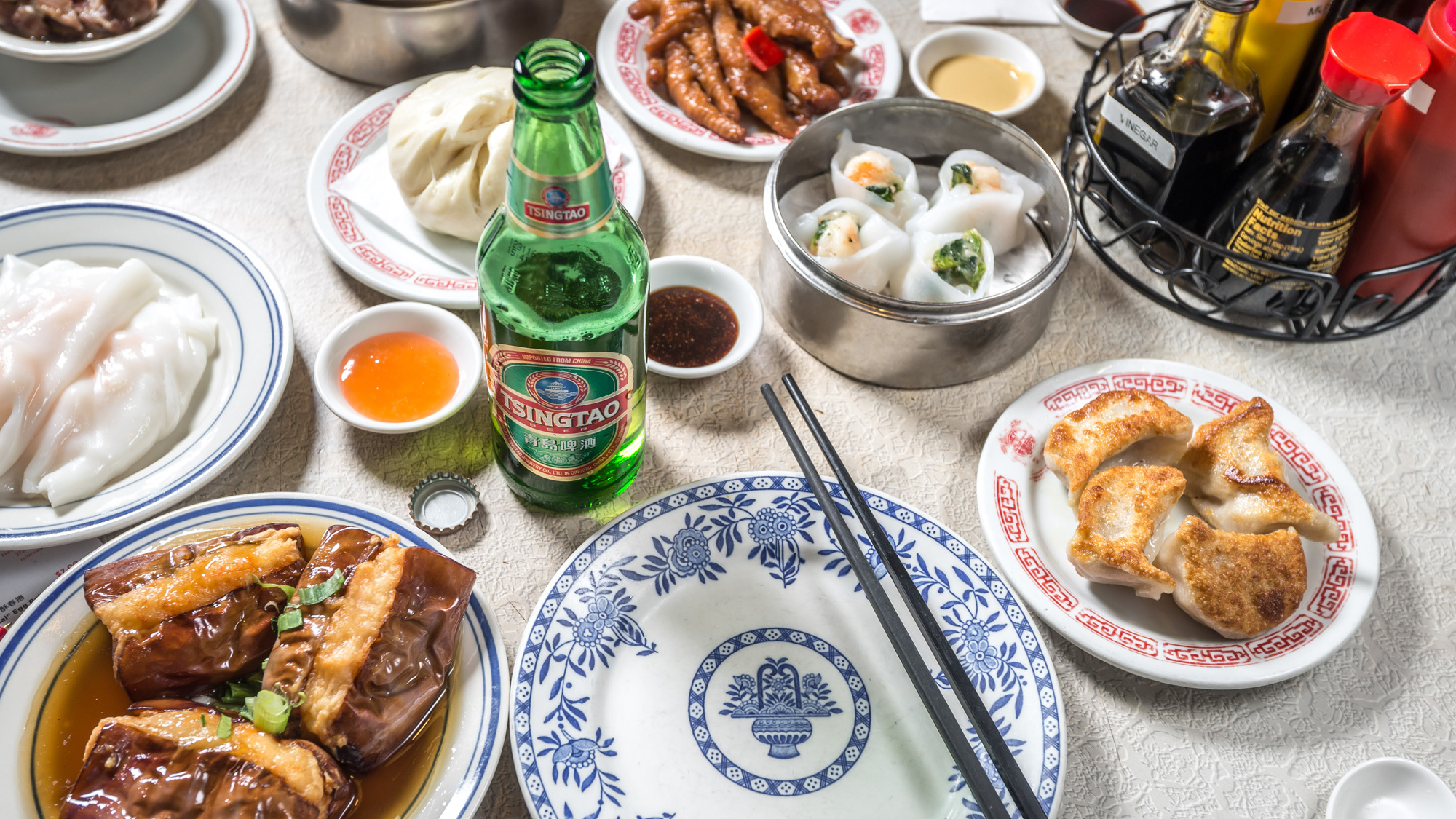
Chinatown USA National Boston Los Angeles New York San Francisco Washington D.C.
Chefs and Restaurateurs Explain Why Dim Sum Matters More Than Ever
Dim sum brings all of us together, across generations, cities, and Chinatowns. We asked Asian American chefs and restaurateurs from across the country to share their thoughts on dim sum — what it means to them personally — and why it’s so important to preserve its traditions today. Here’s what they had to say.
What does dim sum mean to you?
Amelie Kang, co-founder, MáLà Project, New York: “I am from the north of China where dim sum means family gatherings, enjoying dumplings, and creating them for hours in the kitchen together. It’s a very precious bonding time, more than just delicious food. It’s a way of gathering, and serves as a great medium for people to get together and share a feast”
Jong Son, chef, Tiger Fork, Washington, DC: “To me, dim sum means time spent with loved ones. I don’t usually get the chance to go out for yum cha because I’m working, so when the time comes, I’m surrounded by people I love, catching up with friends and family, and sharing something that’s filled with so many different flavors and textures. Dim sum includes dishes that are delicate and hard to make, so I hope the respect for the food is shown throughout the world, specifically to the Chinese American community that works endlessly to make this happen.”
Rica Leon, co-owner, Chifa 國偉, Los Angeles: “Dim sum is a special recurring event for us (and most Chinese immigrant families). As a child, we used to have dim sum at least once a weekend with our family, which included parents, grandparents, aunts, uncles, and friends. The lunch could last over two hours, where everyone would talk about what is happening in their lives. This is when children can learn vicariously through the experiences of the adults around the table. This was especially important pre-cell phone age. This was how everyone kept up to date with each other!”

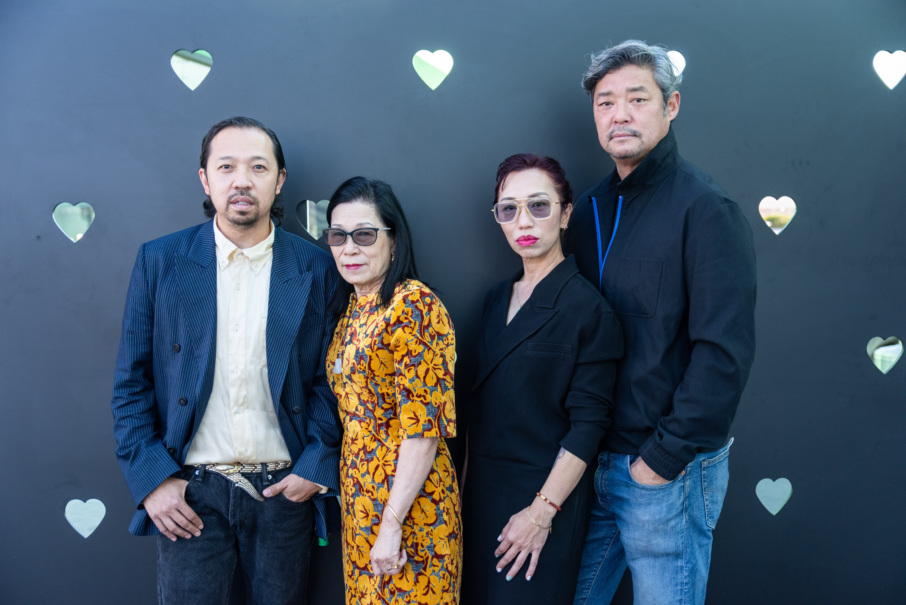
Brandon Jew, chef and owner, Mister Jiu’s, San Francisco: “Dim sum is a special food occasion that I’ve always looked forward to. The festivity of the carts, of the food options, and the anticipation as we drank tea is the exciting part of ordering. Growing up, it was a weekend morning ritual that would happen only to meet someone our family hadn’t seen in a while. As a busy chef, most of my dim sum experiences are now [limited to] the small takeout spots in the Inner Richmond and in Chinatown. I am in awe of how technical each bite is and how much they are able to produce out of such small spaces.”
Tracy Chang, chef and owner, Pagu, Cambridge, Mass.: “Dim sum literally translates to ‘touching the heart.’ I grew up eating dim sum with friends and family, usually around a round table with a lazy Susan in Chinatown, sharing embarrassing family stories and discussing what we would eat for dinner that evening. Some restaurants had push carts, others had attentive servers taking orders in a bustling environment. The people-watching was always good too, with other tables of families fighting over the bill, or students taking their friends for the first time.”
Wilson Tang, owner, Nom Wah, New York: “Dim sum to me is nostalgia. It reminds me of when I was a kid taking trips to Chinatown with my mom and dad. [We’d] go to a dim sum house, have tea, and sit and talk about the week or weekend. It was often the meal I had before going to Chinese school. When I became a dad, I followed those same traditions, you know? And I think for the Chinese American experience, that’s really what it is: It’s this marriage between food memory and going to these Chinese communities, so our kids experience what we experienced. It’s trying to keep the traditions and the heritage alive.”
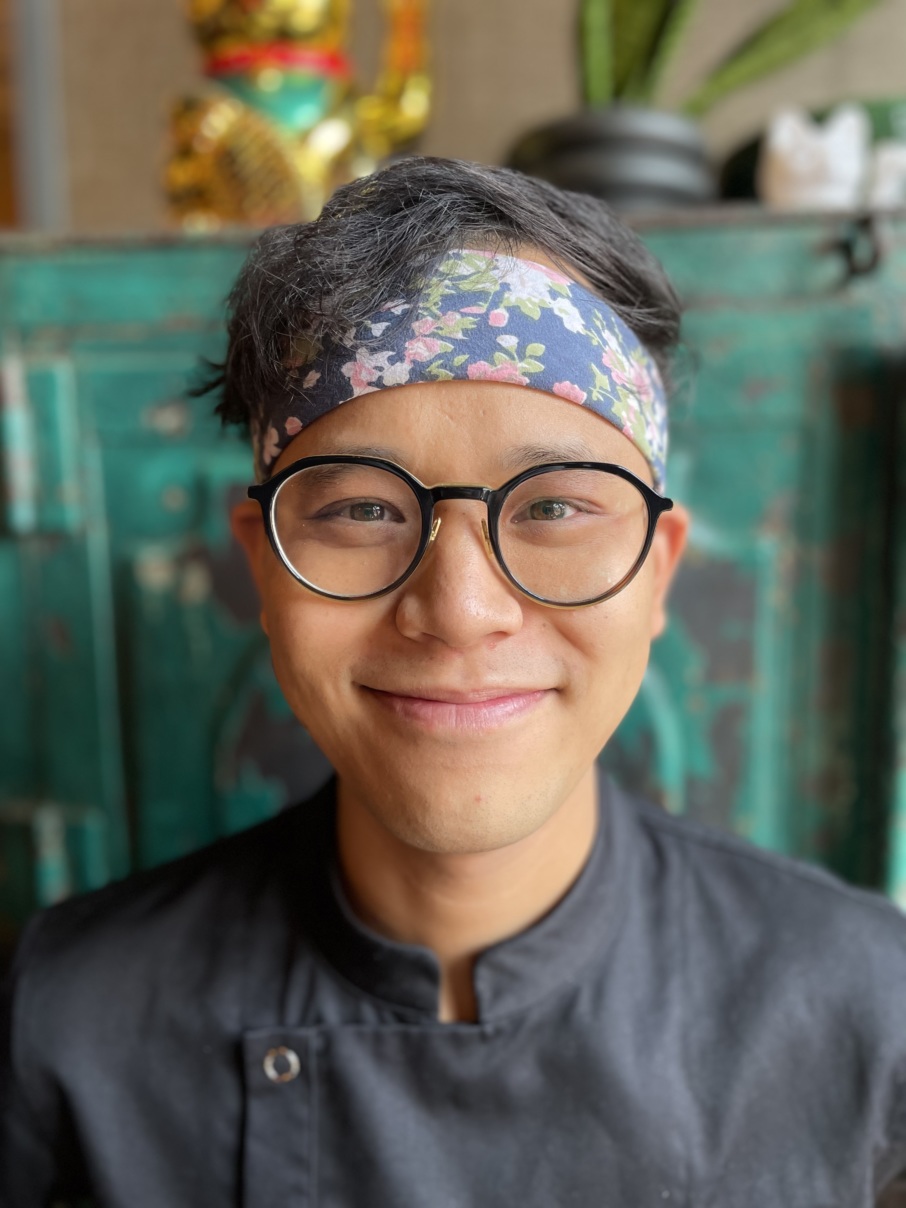
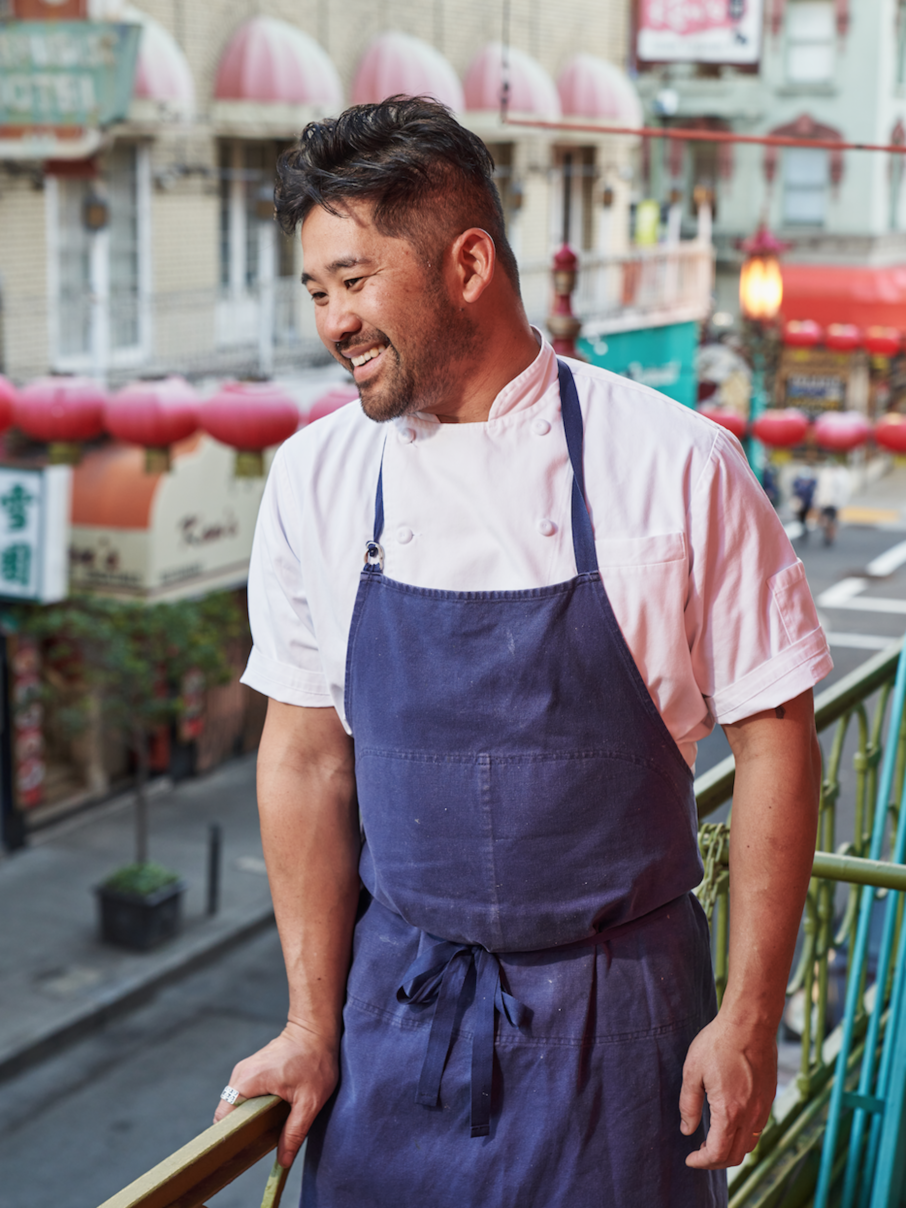
The last several years have been so challenging for the restaurant industry, and especially the AAPI community. What should diners know about restaurants and the AAPI community?
Jew: “There’s a lot to say, but it’s not sympathy we are looking for — it’s equality. Our community has endured a lot and we will not stop fighting for what we deserve. Learning about the contributions our Chinese community has had within America and especially here in San Francisco makes me proud to continue the legacies of restaurants that have helped shape Chinese American food.”
Son: “As cliché as this sounds, all we can do is represent and show more care and love to one another. It’s like the golden rule: treat others as you want to be treated. I think that we have the chance to learn about, celebrate, and take pride in each other’s cultures. There’s so much to learn about Chinese cuisine as a whole, and I hope people are understanding of that and share the love of food with all the people around them.”
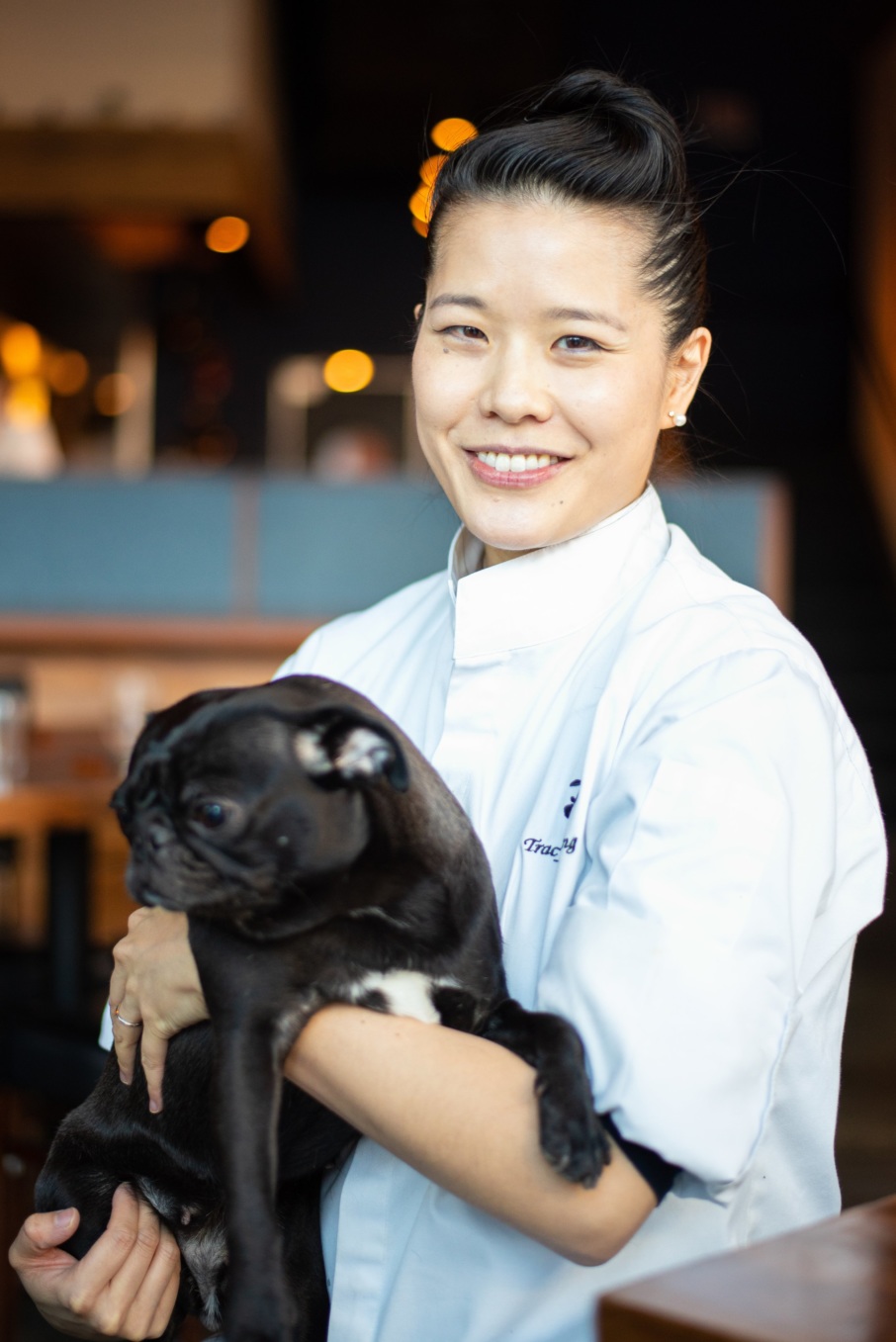
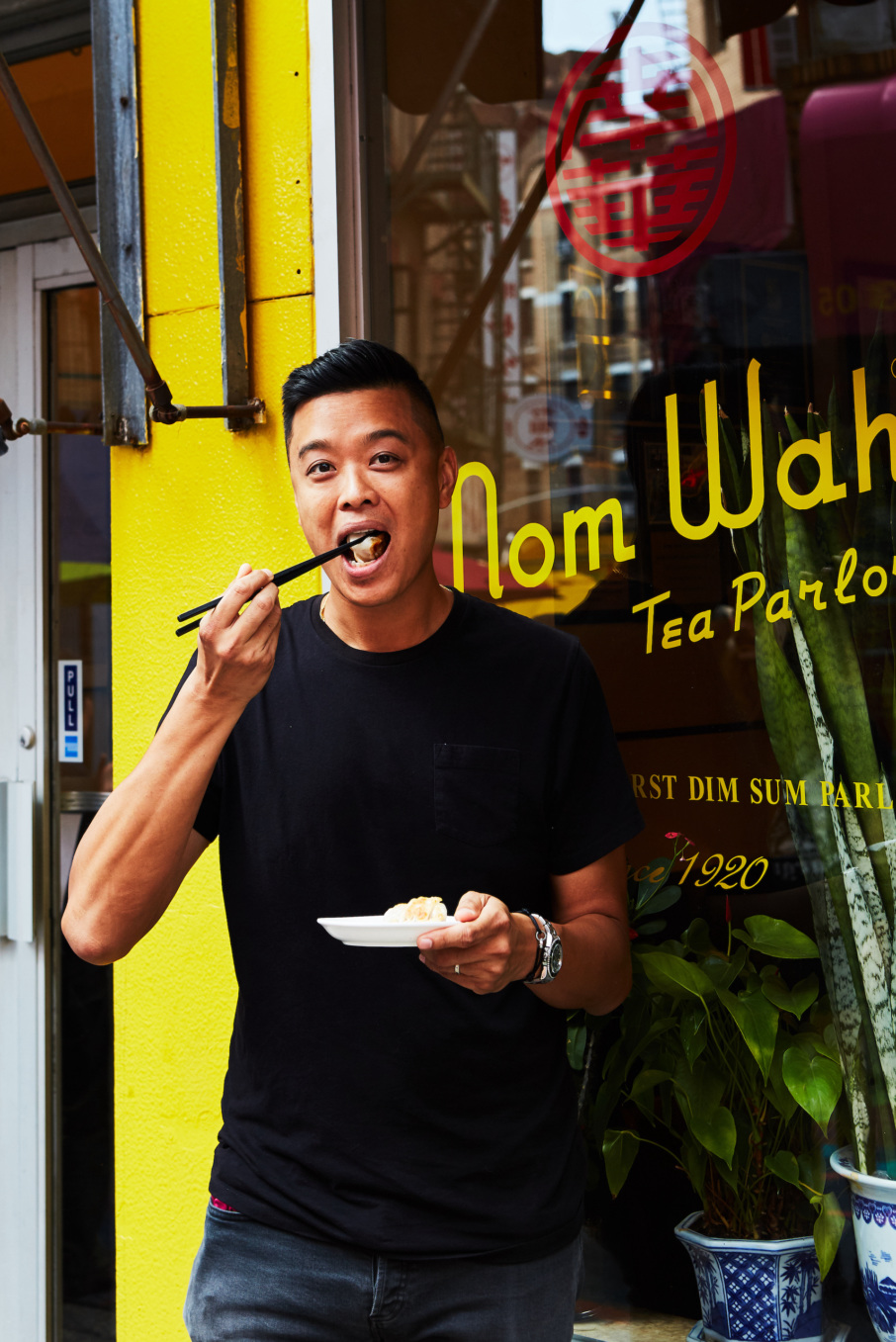
Chang: “As a first-generation Taiwanese American, that was the first time I shared stories about my grandparents and the hate and violence they endured during their years as immigrants and first-time restaurant owners in a foreign country where they didn’t speak the language. Multiple times they were beaten, tied up, and robbed at gunpoint in their homes. They had Molotov cocktails thrown through the windows of their restaurant. When I asked my mom about those instances of hate, and why she didn’t speak up, she always says, ‘It’s better to keep your head down and not cause more trouble.’
“I had a difficult time with that mantra, especially during COVID, when I had people targeting my business with hateful speech, false negative reviews, and aggressive speech toward my team members for requiring proof of full vaccination for indoor dining. I continue to receive this same backlash now, all of which is intentionally hurtful to my team members and my small business. I saw a quote during AAPI hate that said, ‘Love our people like you love our food,’ and it still rings true.”
Leon: “The pandemic has been tough for many small businesses, especially Chinese restaurants. We saw many Chinese consumers self quarantine as early as January 2020. The Chinese restaurants in the San Gabriel Valley saw a huge decline in sales before the government mandated shutdowns, and many did not survive the pandemic. The silver lining is that we are seeing new Chinese restaurants opening (including our own Chifa 國偉) by the next generation of Chinese Americans. It’s fascinating to see different takes on our traditional Chinese dishes. We are excited for what the future holds, specifically in this space.”

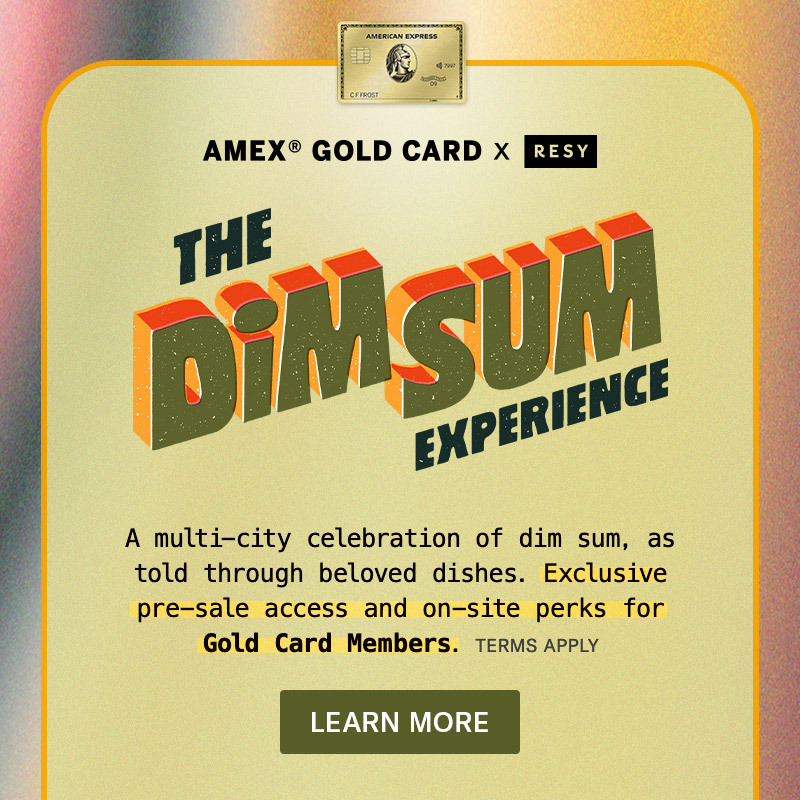
Which are your favorite dim sum dishes?
Son: “They’d have to be har gow (shrimp dumplings), and super fresh cheung fun (rice rolls). It’s the simplicity, textures, and subtle flavors that make these dishes impossible to top, if done correctly.”
Kang and Tang: “Turnip cake!” Adds Tang, “It’s one of those classics you always order; I’ve been having them ever since I was a kid. It’s the crunchiness of the skin, the saltiness of the soft sausage, and the dried shrimp.”
Leon: “We enjoy the classics: black bean chicken feet, steamed tripe, steamed turnip cake, and of course, har gow.”
Jew: “Har gow, ham sui gok (fried glutinous rice dumplings), cheong fun, siu mai (aka shumai, pork and shrimp dumplings), jook (aka congee or rice porridge), char siu bao (roast pork buns), and lo bak go (turnip cakes).”
Chang: “Xiaolongbao (soup dumplings), cheung fun, shumai, har gow, anything with tofu skin, congee, chicken feet, steamed spareribs with soybean, chicken feet, and frog legs.”
Tang: “My other favorite is spring rolls. I love them because it’s something we make with the kids at home: they love cutting the vegetables and mushrooms and putting them into the wrapper and folding them. After we roll the spring rolls out, we just put them in the fryer and it’s crispy and tasty and nutritious.”
What’s your go-to dim sum spot?

Son: “There are so many, so I’ll stay within D.C.: Da Hong Pao has been a regular dim sum spot for me growing up and as a chef working in the D.C. area. Occasionally, as time allows, a couple coworkers and I will grab a quick bite there to fuel us before going into a busy weekend shift. Another great spot would be China Chilcano, for their adventurous approach to dim sum.”
Leon: “Our family dim sum gatherings in Los Angeles are at Sea Harbour Seafood Restaurant in Rosemead.”
Jew: “In San Francisco, in the Inner Richmond: Good Luck, Wing Lee, and Gourmet Dim Sum Café. Chinatown: Hing Lung, Good Mong Kok, and Lai Hong Lounge. Downtown: Yank Sing. Outside San Francisco [in the Bay Area]? Koi Palace.”
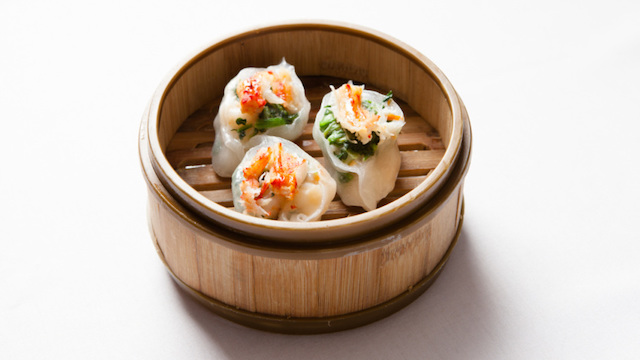
Tang:“I have two favorites in New York. One is Jing Fong: I love going there because they offer this more elevated dim sum experience. The second is Dim Sum Go Go, right in Chinatown: I love their playful way of interpreting dim sum — one of their items is a dumpling that’s different colors — and it’s really different from the traditional dim sum houses that I love.”
Chang: “In Boston, my favorite dim sum spot is Great Taste in Chinatown. This place is tiny and doesn’t have dim sum carts. The menu offerings are fewer and more focused. I like it better than the rest because the classics are excellently prepared.”
Kang: “Nom Wah, of course! As well as Xu’s Public House and Little Alley [in New York].”
Why is it so important to celebrate and preserve dim sum houses across the country?
Chang: “Dim sum restaurants are rare gems, especially now. Prior to COVID, they were already a labor of love: To produce so many dumplings by hand, at scale, with quality and care requires an army. With rent hikes, inflation, lack of continuity in staffing, and the cultural stigma and Asian hate these restaurants have suffered during COVID, how will dim sum traditions live on? First-generation and second-generation Asian Americans in line to continue the family legacy may not want to — and can you blame them? It’s hard work, it’s not easy money, and it’s not celebrated. When was the first or last time a dim sum chef won a James Beard Award? Or was even written about in the local newspaper?”
Jew: “Dim sum as a dining experience is such a fun way to try to expand your understanding of Chinese cuisine and culture. The bustling nature and excitement of the dining room is necessary to make these often historic businesses thrive, so go support your local dim sum restaurant! The more that show up, the more carts get programmed!”
Kang: “Dim sum is a very skillful technique. It’s an art form. There are so many different expressions of dim sum, and it can mean a million different things, so it’s important to keep the practice going, especially nowadays as there are fewer dim sum chefs in general, let alone in America. There is nothing really like dim sum and its celebration. It’s important for everyone to enjoy it, and it truly can be a weekly gathering for food lovers.”
Leon: “In addition to dim sum being a social gathering for all generations, the food is also special, with small bites served perfectly hot or cold via the dim sum carts. The way dim sum is presented, it is perfectly inclusive, so that everyone can enjoy something. It’s genius!”
This November, Resy and Amex Gold are celebrating dim sum through a national event series, spotlighting five Chinese American restaurants and their chefs and owners for a very special dim sum experience. Find out more about The Dim Sum Experience here.


